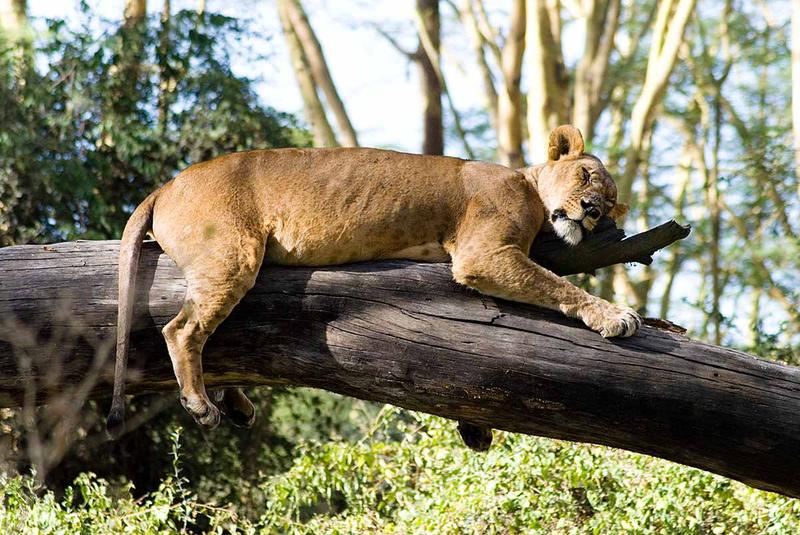Lake Nakuru National Park
Removed from Unnamed collection





Source: Alex, Diatomic Tours Images may be subject to copyright. Learn More
Nestled in the heart of the Great Rift Valley, Lake Nakuru National Park offers a mesmerizing escape into nature's embrace. This stunning park, encircled by lush woodlands and sprawling grasslands, is a haven for those seeking a rich ecological experience. Its diverse habitats stretch from the shimmering waters of Lake Nakuru to the dramatic escarpments and scenic ridges that frame this natural wonder. It's a perfect spot for bird enthusiasts, hikers, picnic lovers, and those eager for a thrilling game drive.
- Marvel at the spectacle of flamingos, both Greater and Lesser, alongside an array of water birds. In total, the park is home to around 450 bird species, making it a bird watcher's paradise.
- Spot some of the 56 mammal species, including the majestic white rhinos and graceful waterbucks, roaming the landscape.
- Don't miss the stunning viewpoints: Lion Hill, Baboon Cliff, and the aptly named Out of Africa, each offering breathtaking panoramas.
- Explore the captivating hills such as Enasoit, Honeymoon, and Lion Hill Ridge, each with its own unique charm.
- Witness the beauty of Makalia Waterfalls, a serene spot perfect for a moment of reflection.
- Discover the park's unique vegetation, boasting around 550 plant species. Among them is Africa's largest euphorbia forest, set against a backdrop of yellow acacia woodlands and picturesque landscapes.
Visitors to Lake Nakuru are often captivated by the park's enchanting allure. The area is not just a feast for the eyes but also a place of rich biodiversity. The park's blend of wildlife, flora, and scenic views makes it a must-visit for anyone seeking a genuine connection with nature. Whether you're exploring its trails or simply soaking in its beauty, Lake Nakuru National Park promises an unforgettable adventure.

 Alex, Diatomic Tours
Alex, Diatomic Tours  Kenya
Kenya